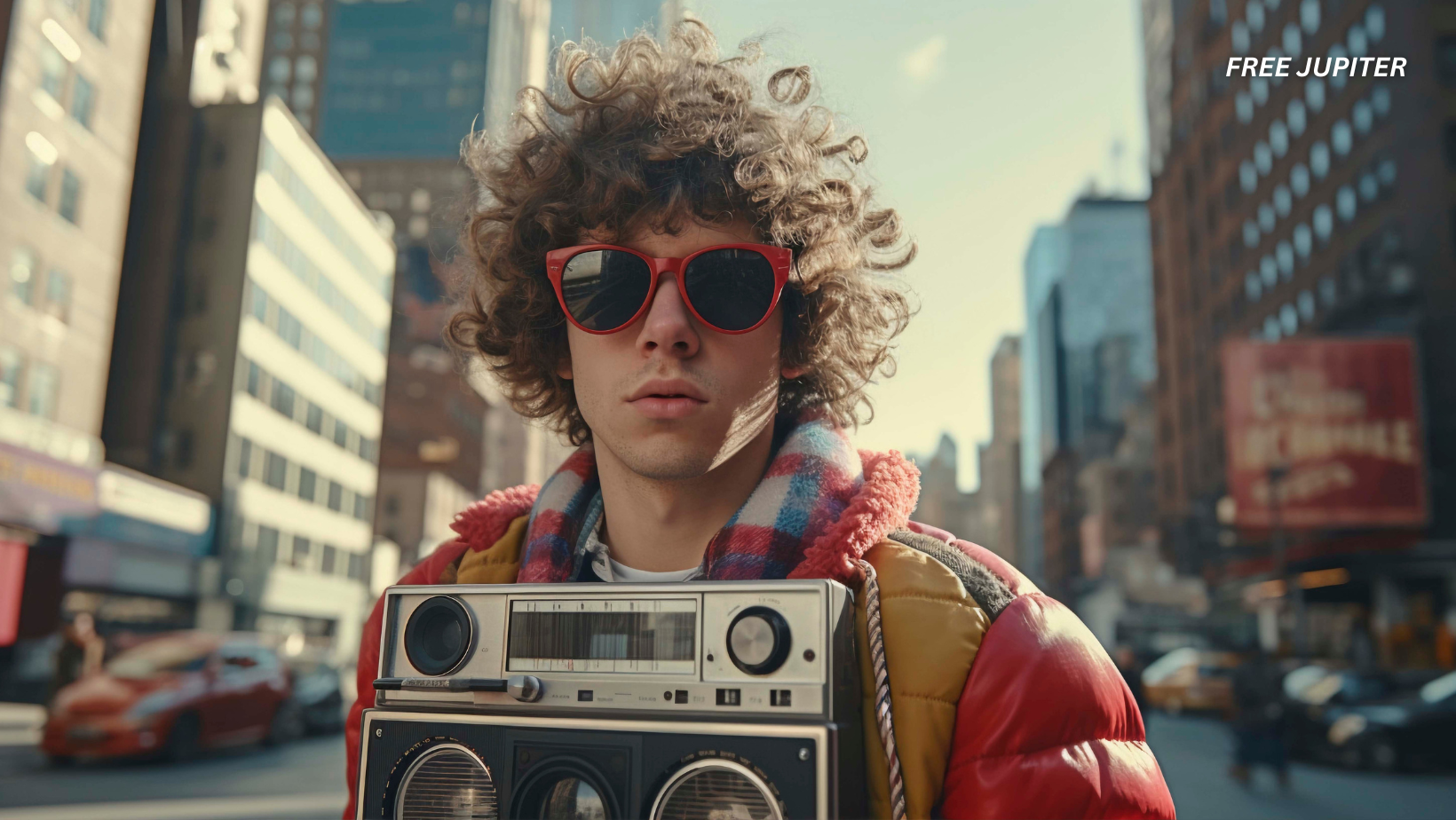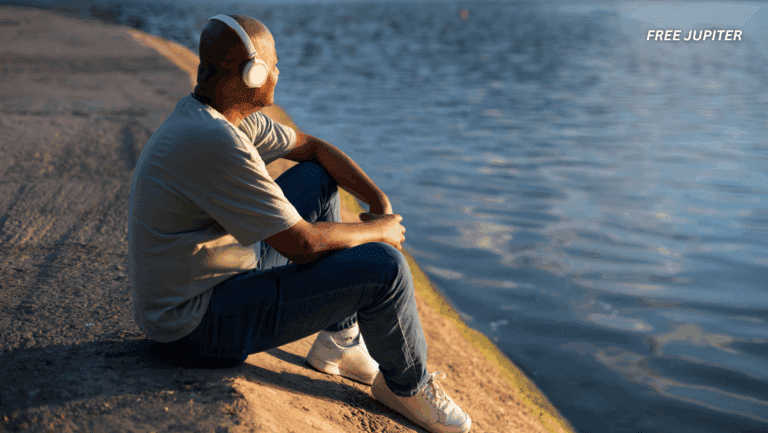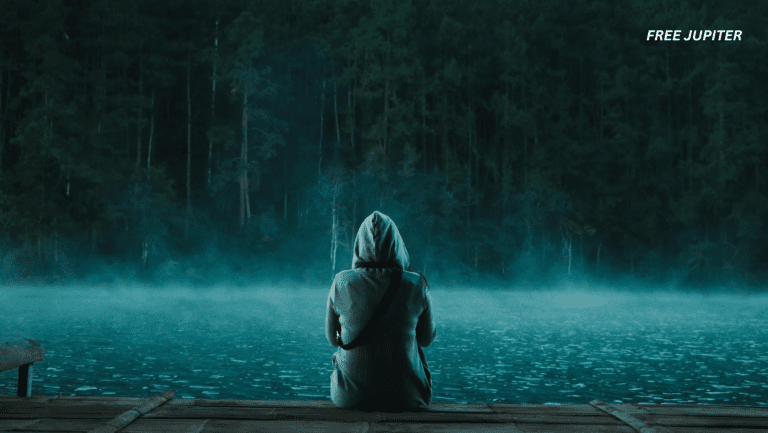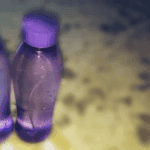Friendly Note: FreeJupiter.com shares general info for curious minds 🌟 Please fact-check all claims—and always check health matters with a professional 💙
The 1980s were a loud, colorful, and unapologetically eccentric decade — the kind where rules seemed optional, parenting leaned toward “figure it out yourself,” and safety warnings were printed in much smaller font. It was an age of cassette tapes, big hair, and bright neon clothes that seemed visible from space.
And while some memories from that time are still cherished — the music, the fashion, the sense of freedom — others make us wonder how we made it through without more disasters.
Here’s an expanded trip back to an era when common habits would, by today’s standards, range from mildly questionable to outright illegal.
1. Driving Without Seatbelts
Seatbelts were in cars, yes — but they often lay forgotten, wedged between the seats like lost coins. Many people saw them as optional, and the culture of “click it or ticket” was still years away. Families would pile into the car for a road trip, kids sprawled across the back seat, maybe even lying on the floor for a nap. The only restraint was a parent’s arm shooting out across the seat during a sudden stop — the “mom seatbelt,” as it was jokingly called.
Today, seatbelt laws are strict, safety campaigns are everywhere, and even cars will nag you with persistent beeps if you try to drive without one.
2. Smoking in Public Spaces
The 1980s were a smoky haze. Cigarettes weren’t just socially acceptable — they were practically part of the decor. Airports, restaurants, buses, airplanes, and even hospital waiting rooms were fair game. “Smoking sections” often shared the same air as non-smoking ones, separated only by an invisible line of wishful thinking.
Now, public smoking bans are the norm, and secondhand smoke is widely recognized as dangerous. Back then? The only “smoke-free” zones were dreams.
Read more: If Someone Truly Loves You, They’ll Say These 10 Things Often
3. Leaving Kids Alone for Hours
Latchkey kids — children who came home from school to empty houses — were common in the ’80s. Parents trusted TV, microwavable dinners, and maybe an older sibling to keep younger kids safe until evening. It wasn’t seen as neglect; it was independence training.
Modern parenting culture leans heavily toward constant supervision, cell phone check-ins, and organized activities. In contrast, ’80s kids were experts in entertaining themselves — for better or worse.
4. Drinking From the Garden Hose
On a sweltering summer day, nothing beat bending over the green rubber garden hose for a long gulp of lukewarm water. It wasn’t filtered, and it certainly wasn’t bottled. Nobody questioned what was in the hose lining or whether bugs had crawled in overnight.
Today, health advice warns against it, citing bacteria and chemical leaching from plastics. But for ’80s kids, it was hydration and fun rolled into one.
5. Riding Without Helmets
A bike was freedom — and in the ’80s, that freedom was helmet-free. Kids rode down steep hills with the wind in their hair and gravel waiting at the bottom. Motorcyclists often skipped helmets too, especially in states without strict helmet laws.
Now, helmets are a non-negotiable safety measure. Back then, they were often dismissed as overkill — unless you were in a professional race.
6. Playing Outside All Day, Untracked
There were no tracking apps, cell phones, or constant check-ins. Kids left the house in the morning and returned after dark, often without a clue where the day had gone. Parents assumed no news was good news.
Today, most children have scheduled playdates, supervised playground trips, and GPS-equipped phones. The unscripted adventures of the ’80s have been replaced by structured safety.
7. Unfiltered Language
Certain terms and jokes that were casual back then are now recognized as offensive or harmful. Words once tossed around without thought could now spark outrage — and for good reason.
The shift reflects a growing awareness of the power of language, something that wasn’t a mainstream conversation in the ’80s.
8. Cartoons With More Violence Than You’d Expect
Animated shows often featured explosions, fistfights, and villains who weren’t just scary — they were armed. The action was intense, the stakes were high, and Saturday mornings were thrilling.
Today’s children’s programming tends to keep violence stylized and mild, with more emphasis on teamwork and kindness. The difference is stark when you compare vintage G.I. Joe to a modern Paw Patrol episode.
9. Smoking in Cars — Even With Kids Inside
Rolling down the windows was optional; lighting up was standard. Children inhaled secondhand smoke on family road trips, and few questioned the health impact.
Now, in many places, it’s illegal to smoke in a car with minors present. The shift reflects both new laws and new awareness.
10. Sunbathing With Baby Oil
Sunscreen was seen as optional — maybe even unnecessary. Many people coated themselves in baby oil to “get a deeper tan,” often with reflective panels to direct more sunlight onto their skin. The result was often a glowing bronze… followed by a peeling sunburn.
Today, sunscreen ads dominate summer, and “SPF” is a skincare staple. The oil-and-reflector combo has been left to history — and dermatologists are grateful.
11. Driving Alone Immediately After Passing the Test
Once you had that driver’s license, the keys were yours. No gradual restrictions, no probationary period — just freedom.
Now, many places have graduated licensing programs that restrict solo driving for new drivers, especially teens. The modern assumption is that skill comes with time, not just a passing score.
Read more: 10 ‘Nice’ Habits That Annoy People More Than You Realize
12. Kids Watching R-Rated Films
If it was in the VHS collection, it was fair game. Parents didn’t always screen content, meaning a 9-year-old could quote The Terminator or reenact RoboCop scenes.
Streaming services today have parental controls, and many parents enforce age-appropriate guidelines. The free-for-all ’80s approach is much less common.
13. Lawn Darts as Family Entertainment
Lawn darts — heavy, sharp-tipped projectiles — were marketed as outdoor fun. Unfortunately, they caused thousands of injuries before being banned in the late ’80s.
Modern equivalents are made of lightweight plastic, trading danger for safety.
14. Leaving Kids or Pets in Hot Cars
The deadly potential of a parked car on a hot day is now widely understood. But in the ’80s, people would leave someone inside while “running a quick errand,” unaware of how fast heatstroke can set in.
Today, public awareness campaigns and even car alarm features aim to prevent this entirely.
15. Joking About Mental Health
Mental health struggles were often seen as weaknesses or punchlines. Therapy was rare, and conditions like depression or anxiety were dismissed as moodiness.
Now, conversations about mental health are more open, and seeking help is encouraged — a positive shift in societal attitudes.
16. Hitchhiking Without Fear
Need a ride? Stick out your thumb. Hitchhiking was seen as an adventurous and budget-friendly way to travel. While dangers existed, they weren’t as widely publicized.
Today, caution rules. Even rideshare apps have safety protocols, background checks, and tracking features.
17. No Parental Review of Song Lyrics
Kids could sing along to any tune on the radio, regardless of the lyrics’ content. Sometimes, they didn’t even understand the words — but they knew every chorus.
With explicit content labels and streaming filters now common, it’s easier for parents to monitor music choices.
18. Microwaving Any Plastic
If it held food, it could be microwaved — margarine tubs, takeout boxes, and all. The idea that chemicals could leach into food was far from mainstream awareness.
Now, “microwave-safe” labels guide consumers, and BPA-free products are a selling point.
19. Garages as Playgrounds
Saws, nails, paint thinner — and also the perfect spot for a blanket fort. The garage was both a tool shed and a play space.
Today, the idea of kids freely exploring such spaces without supervision feels almost reckless.
20. Baby Powder Everywhere
Baby powder was a household staple — for rashes, deodorant, freshening shoes, and more. It was considered harmless until health concerns prompted more cautious use.
Read more: 17 Quiet Truths About Why Older Men Prefer Being Alone
Final Thoughts
The ’80s were a mix of carefree fun and blissful ignorance. While some of these habits bring a nostalgic smile, others serve as reminders of how much we’ve learned about safety, health, and kindness in just a few decades. It’s proof that social norms are never static — and that the things we take for granted today may look just as strange to future generations.










